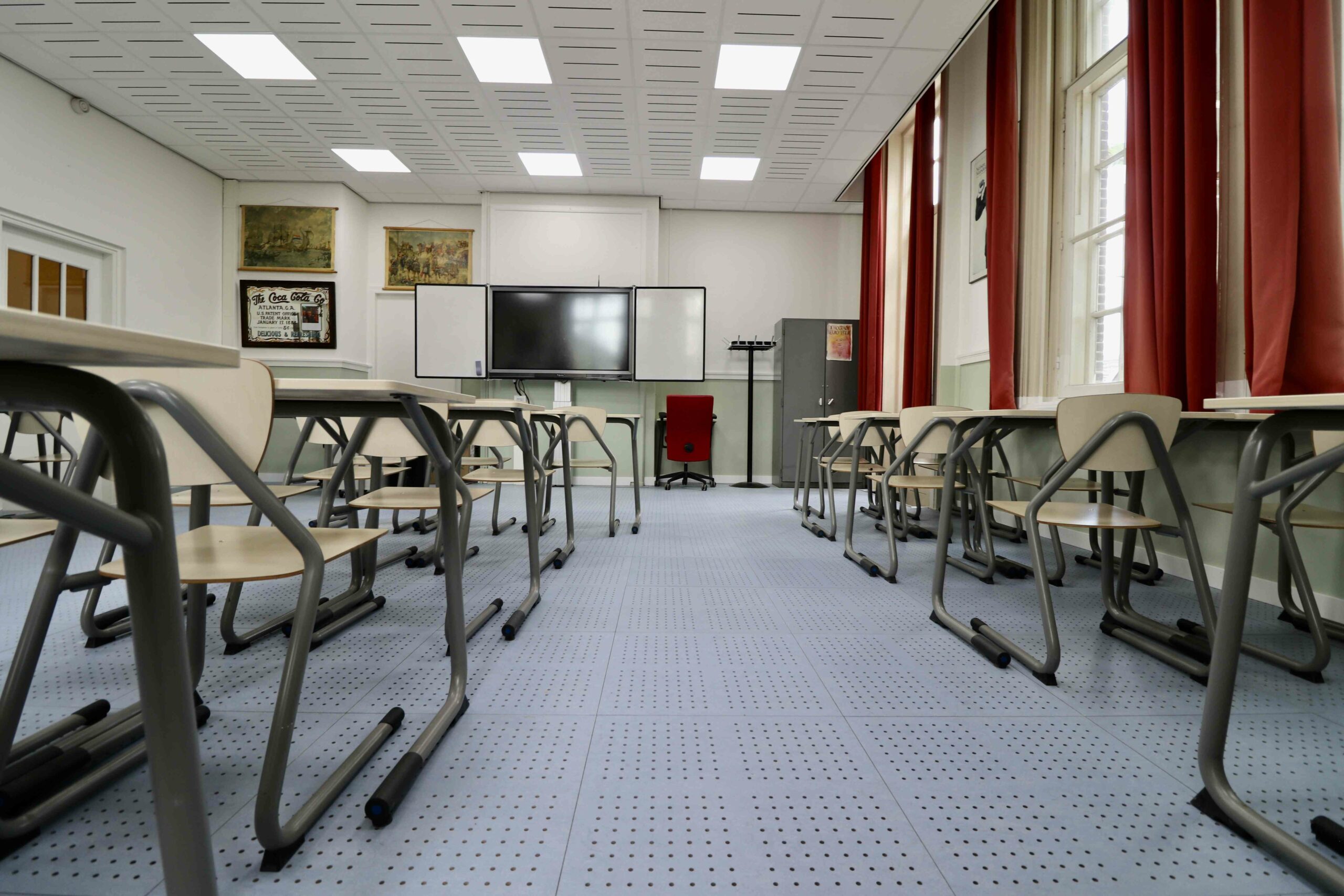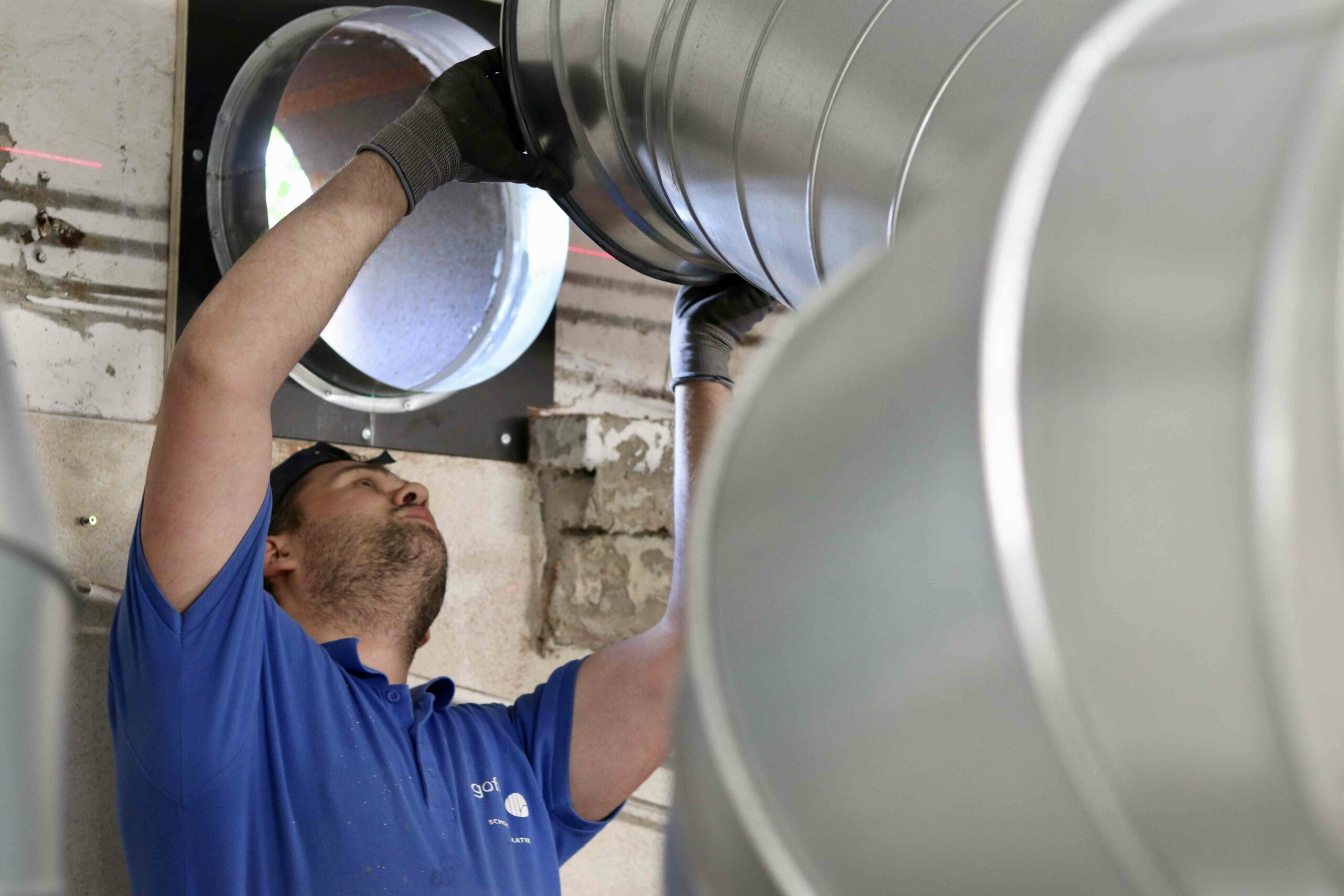Healthy indoor air quality
A healthy indoor environment is essential to your well-being and comfort. It not only determines how pleasant you feel at home, but also plays a crucial role in your long-term health. A good indoor climate is especially important in schools and classrooms. Children and teaching staff spend a lot of time in these spaces, and poor air quality can negatively affect their concentration, learning performance and overall health.
Research shows that a healthy indoor climate in classrooms not only contributes to better learning outcomes, but can also significantly reduce absenteeism. In this article, we discuss the main factors that contribute to a healthy indoor climate, including air quality, ventilation and humidity, and offer practical tips for improving the indoor climate in homes as well as schools.
Research shows that a healthy indoor climate in classrooms not only contributes to better learning outcomes, but can also significantly reduce absenteeism. In this article, we discuss the main factors that contribute to a healthy indoor climate, including air quality, ventilation and humidity, and offer practical tips for improving the indoor climate in homes as well as schools.

Importance of a healthy indoor environment
The importance of a healthy indoor environment cannot be underestimated, especially in spaces where a lot of time is spent, such as schools and classrooms. Poor indoor air quality can lead to a variety of health problems, including allergies, asthma and other respiratory conditions. For young children and teenagers, who are especially sensitive to airborne contaminants, a clean and fresh indoor environment is crucial to minimizing these risks. Moreover, an unpleasant indoor environment - with poor ventilation or high humidity, for example - can not only reduce comfort but also negatively affect concentration and productivity.
In classrooms, this effect is particularly significant: a lack of fresh air or excessive CO₂ concentration can significantly reduce students' learning ability and increase the risk of absenteeism. Studies show that students perform better in well-ventilated rooms, while teachers are less likely to suffer from fatigue and headaches when the air quality is optimal. Thus, creating a healthy indoor environment in schools is vital for both the physical health of students and teachers and for learning outcomes and general well-being in the classroom.
In classrooms, this effect is particularly significant: a lack of fresh air or excessive CO₂ concentration can significantly reduce students' learning ability and increase the risk of absenteeism. Studies show that students perform better in well-ventilated rooms, while teachers are less likely to suffer from fatigue and headaches when the air quality is optimal. Thus, creating a healthy indoor environment in schools is vital for both the physical health of students and teachers and for learning outcomes and general well-being in the classroom.

- Improved health
- Increased comfort
- Higher productivity
- Energy efficiency
Here's why!
First conclusions and observations:
- The average gas consumption decreases from approximately 10 m³ to approximately 4 m³ of natural gas per m² GFA (gross floor area) without any modifications to the building's envelope.
- Average CO2 levels during classroom hours remain below the promised 700 ppm.
- Average particulate matter concentrations also remain below the promised 3 µg/m³.
- A Goflow floor is always cleaner than a traditional floor.
Less absenteeism
Healthy air lowers allergens and contaminants, significantly reducing absenteeism among students and teachers.
Lower energy costs
Efficient ventilation reduces energy use and costs while maintaining a healthy and comfortable indoor environment.
What is a healthy indoor environment?
A healthy indoor environment refers to the quality of air and environmental conditions within a building that support the well-being and health of its occupants. This includes various factors such as air quality, temperature, humidity and ventilation, which together contribute to a pleasant, healthy environment. An optimal indoor environment ensures that the presence of pollutants is minimized, keeping the space comfortable and safe for daily use.
Frequently Asked Questions
Still have questions? Please feel free to contact us.
Keep up with our latest updates and projects by following us at social media!
Symptoms may include headaches, fatigue, allergies, irritation of eyes, nose and throat, and breathing problems.
Good air quality and stable temperatures in classrooms promote student concentration and alertness, leading to better learning performance. Research shows that fresh, well-ventilated rooms increase productivity.
A healthy indoor environment is crucial in schools because it supports students' health, concentration and learning performance. Clean air and good ventilation reduce the risk of allergies and respiratory problems, which can also reduce absenteeism.
Experience it
Wondering what the cleanest classroom feels like? Sign up and visit our Goflow Experience classroom in Sassenheim!

